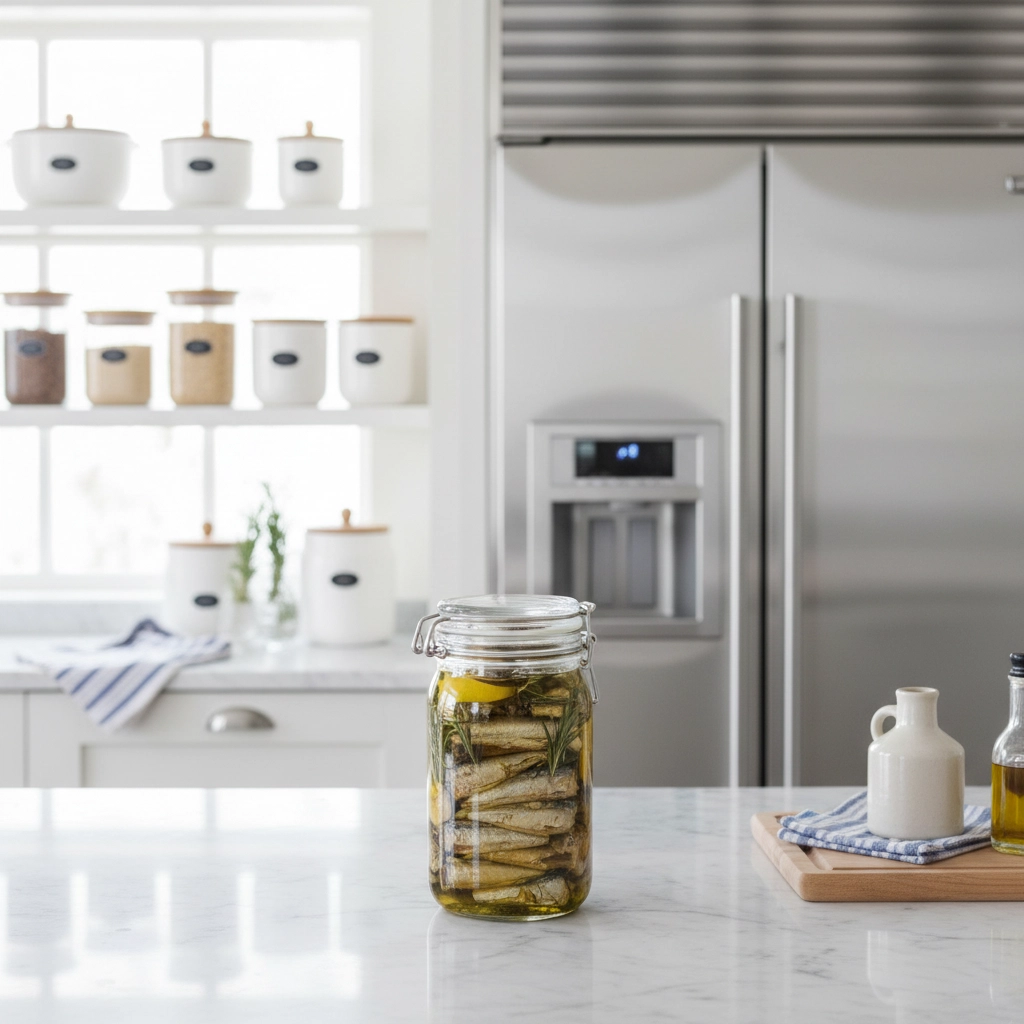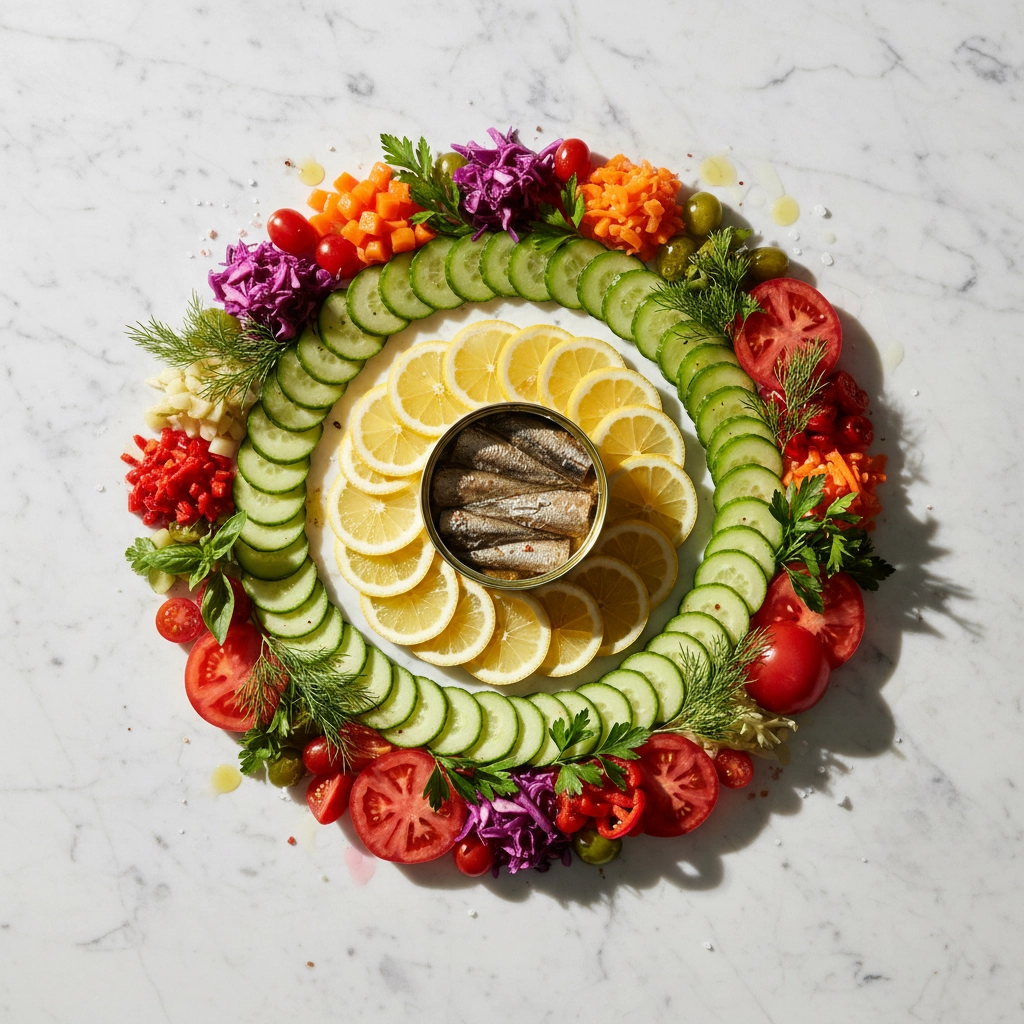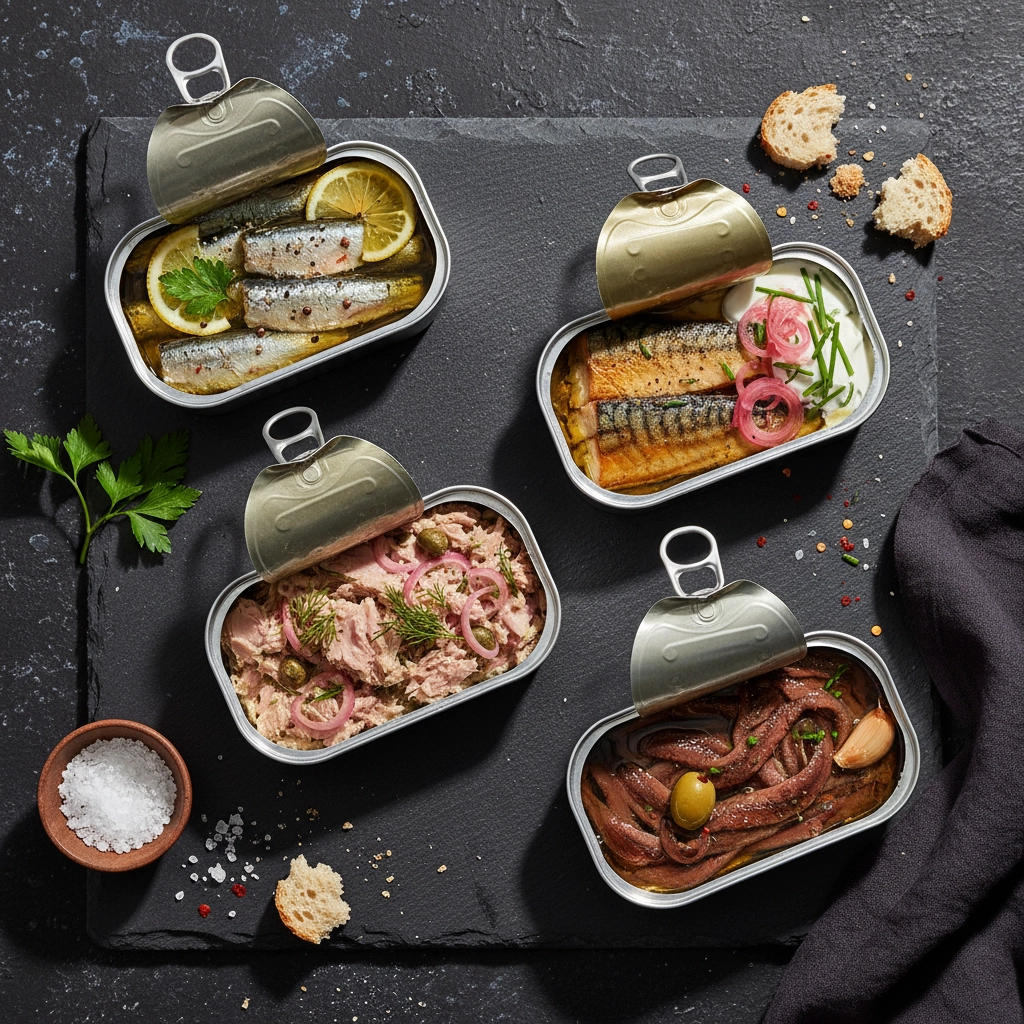Ever wonder why your tinned fish dishes don't look nearly as appetizing as those viral TikTok videos flooding your feed? You're not alone. While everyone's jumping on the tinned fish trend, most people are making the same seven critical mistakes that turn what should be a gourmet experience into a disappointing meal.
The tinned fish renaissance isn't just a social media fad – it's a legit cooking revolution. But here's the thing: those picture-perfect sardine toasts and fancy tuna pasta dishes you see online? They're not magic. The creators just know how to avoid the common pitfalls that trip up home cooks.
Let's fix that, shall we?
The Oil Disaster That's Ruining Your Flavor Game
Here's mistake number one, and it's a big one. You're probably pouring that precious oil straight down the sink, aren't you? Stop right there.
That oil isn't waste – it's liquid gold. The fish has been swimming in those flavors during the canning process, infusing the oil with concentrated taste that'll make your dishes sing. When you dump it, you're literally throwing money and flavor down the drain.

The fix is simple: Save that oil in a small container. Mix it with vinegar or lemon juice for an instant vinaigrette that'll knock your socks off. Use it to sauté onions for pasta dishes, or brush it on bread before toasting. You'll get double the value from every tin.
Pro tip: Choose sardines packed in extra virgin olive oil when possible. The quality difference is night and day.
Why Rinsing Is Actually Making Things Worse
Mistake number two hits close to home because it sounds so logical. Many folks rinse their tinned fish to cut down on salt or fat, thinking they're being health-conscious. Plot twist: you're actually making things worse.
That aggressive water pressure damages the delicate fish fillets, and since water and oil don't play nice together, you end up with an unpleasant, slimy texture. Plus, you're washing away all that carefully preserved flavor.
Here's what to do instead: If you're worried about sodium or fat levels, buy fish packed in water from the start. Then you can add your own controlled amount of olive oil. This way, you're in charge of the seasoning without sacrificing taste or texture.
The Heat Trap That's Destroying Your Fish
This one's a game-changer. Tinned fish is already fully cooked during the canning process. When you blast it with high heat, you're not improving anything – you're actually making it worse.
I learned this the hard way when I tried to recreate a viral sardine pasta recipe. I cranked up the heat, thinking more temperature meant more flavor. What I got instead was dry, rubbery fish that tasted like disappointment.

The solution: Add your tinned fish at the very end of cooking. Use gentle heat just to warm it through. If you're making pasta, toss the sardines in during the final 30 seconds. The residual heat will warm them perfectly without overcooking.
The Dangerous Can-Heating Method You Need to Stop
Mistake number four is actually dangerous. Please tell me you're not heating fish directly in the can. This isn't just about taste – it's about safety.
Heating metal cans can cause harmful chemicals to leach into your food. Even worse, the pressure buildup could make the can explode. Not exactly the viral moment you're going for.
Easy fix: Always transfer your fish to a proper dish before adding any heat. Takes two seconds and keeps you safe.
Storage Mistakes That Are Costing You Money
Here's where things get expensive. Leaving opened cans in the fridge or storing unopened cans poorly creates multiple problems you probably didn't see coming.
Once a can's opened, the metal starts oxidizing and gives your fish that awful metallic taste. And here's something that might surprise you: delicate tinned fish doesn't keep well once it's exposed to air, even in the fridge.
Smart storage strategy:
- Transfer leftovers immediately to airtight glass containers
- Use opened fish within 24 hours max
- Store unopened cans in cool, dark places
- Avoid temperature swings (no garage storage!)

The Flavor Balance Problem Everyone Gets Wrong
This mistake trips up even experienced cooks. Tinned fish packs serious umami punch and oily richness. Most people treat it like bland chicken that needs heavy seasoning, when what it actually needs is balance.
The secret weapon? Acidity and freshness. Here's your flavor-balancing toolkit:
- Lemon juice or zest cuts through the fat naturally
- Pickled ingredients (onions, capers, pickles) add tangy contrast
- Fresh herbs like cilantro and parsley provide brightness
- Cucumber offers subtle flavor and watery crunch that plays beautifully against oily fish
- Good tomatoes bring acidity and sweetness
Think of these ingredients as your supporting cast, not your main event.
Treating All Tinned Fish Like They're Identical Twins
Last mistake, but it's a whopper. Sardines, tuna, mackerel, and anchovies aren't interchangeable ingredients. Each one has distinct flavors, textures, and best-use scenarios.
Treating sardines like tuna means you're missing out on their unique characteristics. It's like using a screwdriver as a hammer – technically possible, but you're not getting the best results.

Match your fish to your dish:
- Sardines: Delicate, perfect for toast or light pasta
- Tuna: Meaty, stands up to bold flavors and hearty dishes
- Mackerel: Rich and oily, excellent for spreading on crackers
- Anchovies: Intensely savory, best used as flavor enhancers
Don't just grab whatever's in your pantry. Choose based on what you're actually making.
Your Tinned Fish Success Story Starts Now
Remember my pasta disaster from earlier? Once I learned these rules, I tried that same recipe again. This time, I saved the oil, added the sardines at the end with gentle heat, and balanced everything with fresh lemon and herbs. The difference was incredible – restaurant-quality results from a $3 can of fish.
That's the power of avoiding these common mistakes. You're not just following trends; you're actually creating delicious food that happens to look great on camera too.

The tinned fish trend isn't going anywhere, and now you've got the knowledge to make dishes that actually live up to the hype. No more sad, overcooked fish or wasted oils. Just pure, delicious results that'll make your friends wonder how you became such a kitchen wizard overnight.
So here's my question for you: which of these mistakes have you been making, and which viral tinned fish recipe are you going to master first?







